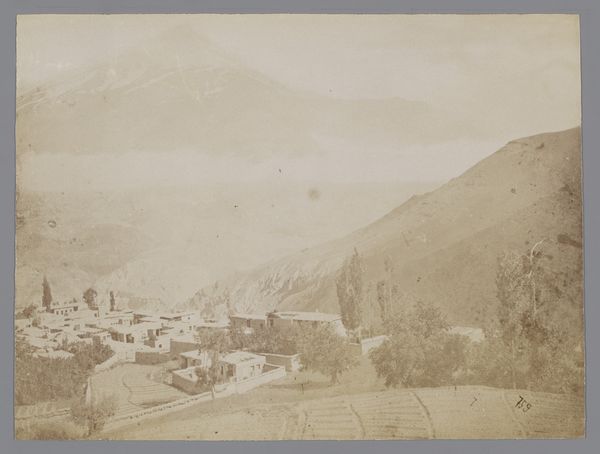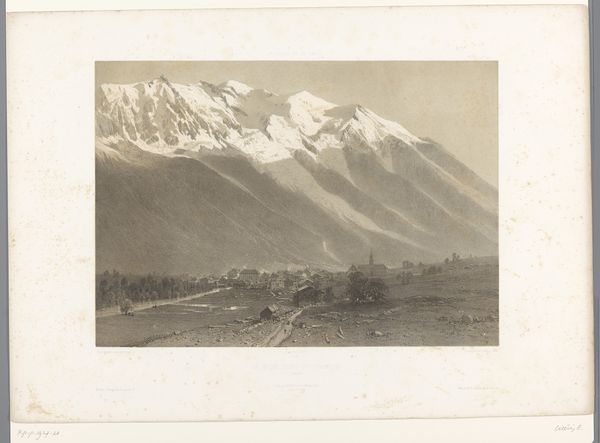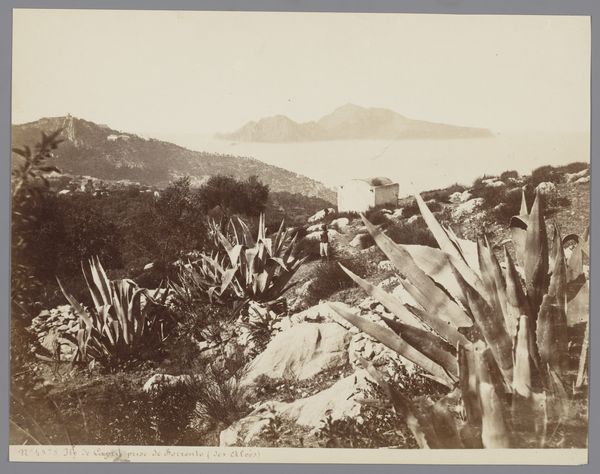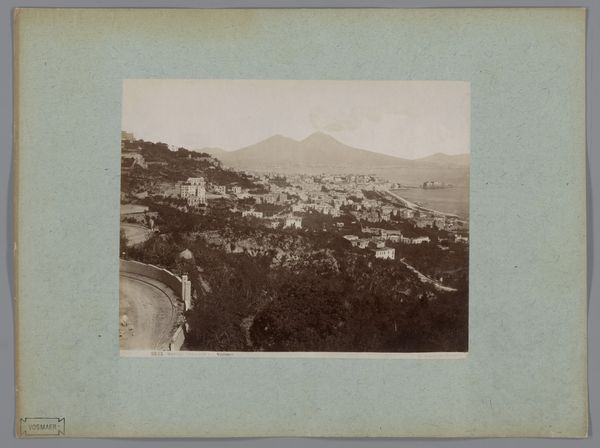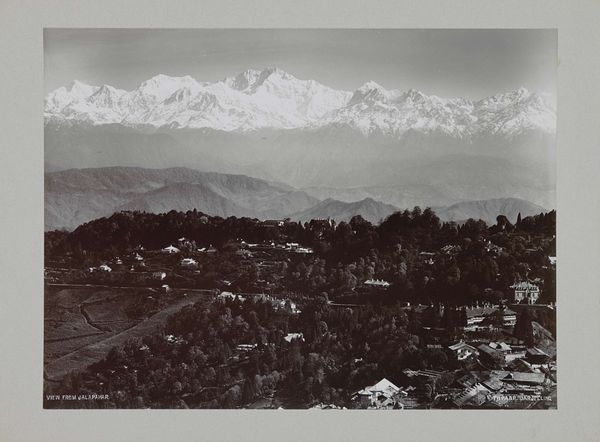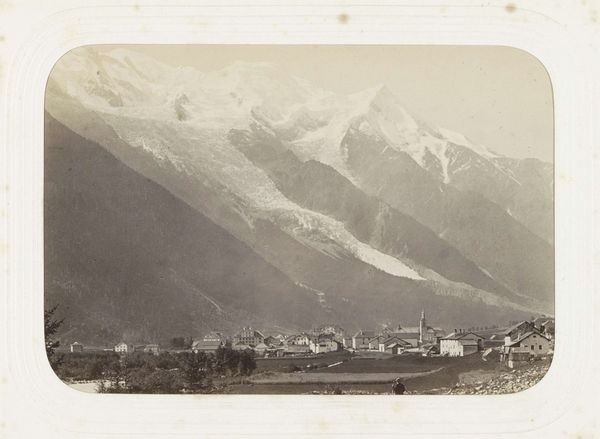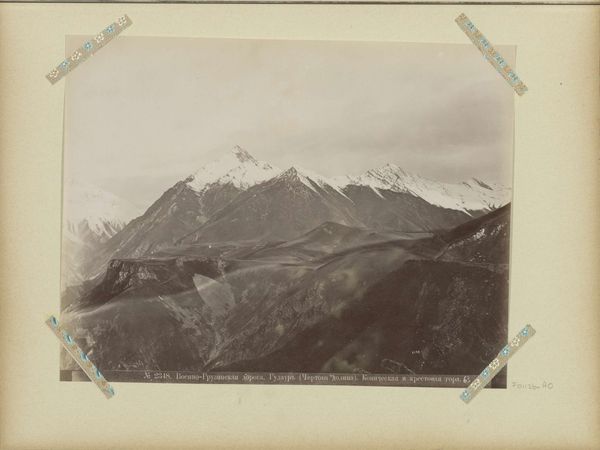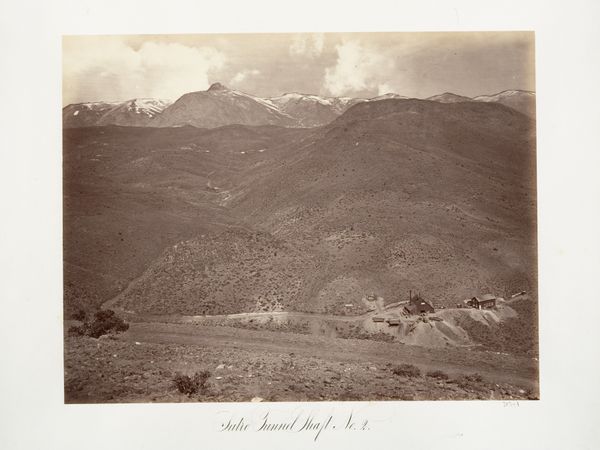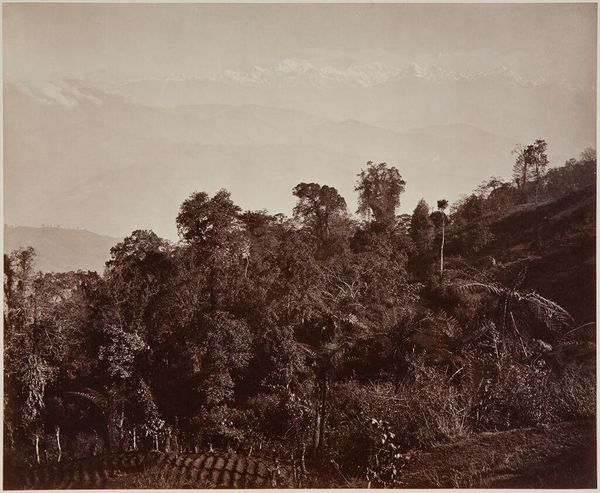
photography
#
pictorialism
#
landscape
#
photography
#
cityscape
#
mixed media
Dimensions: height 202 mm, width 260 mm
Copyright: Rijks Museum: Open Domain
Curator: Here we have "View from the Tappeiner Promenade on Merano," a photograph dating to 1911, by the Gebrüder Bahrendt. Editor: It’s… unexpectedly soft for a landscape. The way the details fade suggests a deliberate distancing from stark realism, almost romantic. Curator: The Bahrendt brothers worked extensively in pictorialism, which greatly emphasized manipulating the photographic process for artistic effect. Notice the mixed media quality, like a charcoal drawing, achieved through darkroom techniques. Editor: The framing positions the viewer above Merano, creating a sort of detached observation of this town nestled against a backdrop of imposing, snow-capped mountains. This could be read in light of contemporary tourism trends and class separation. Who could access this vantage point? Who is absent? Curator: Indeed, Pictorialism's core involved transforming photography into fine art, making the photographer a creator akin to a painter. These printing methods relied on specific papers and chemical processes, often involving costly materials, and long production times. It was laborious, emphasizing skilled craft. Editor: Precisely. This also reinforces my point about access. Leisure, resources, the whole social context surrounding artistic production. It asks who had the time and social position to look upon such vistas and the power to shape and represent this landscape. The sublime view itself is part of the colonial narrative— Curator: Agreed, this view encapsulates a crafted perception of the Italian landscape marketed to wealthy Northern Europeans for recreation and health cures in established sanatoriums that operated as a means of commodified nature. Editor: The image hints at tensions between human ambition—the town—and nature’s grandeur. How is it mediated through an elite lens? Curator: A fascinating blend of natural vista and material intervention shaped by both photographic process and the politics of leisure. Editor: Yes, the photo compels us to look closer at how landscapes become these staged sites laden with power and privilege.
Comments
No comments
Be the first to comment and join the conversation on the ultimate creative platform.
